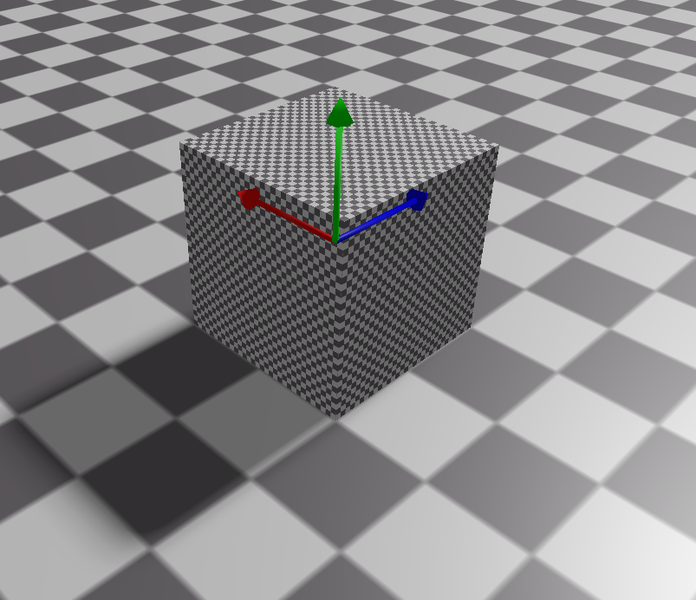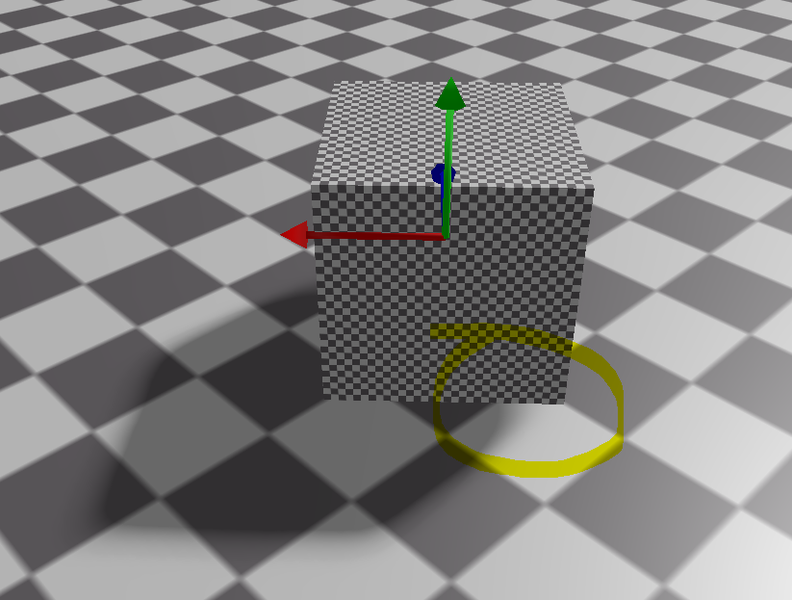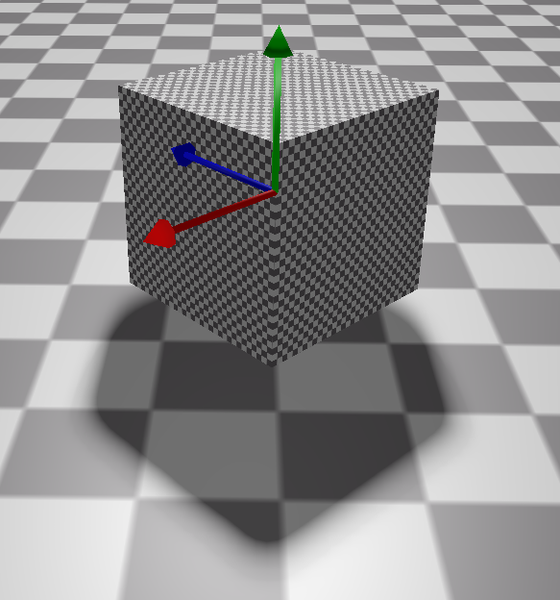I've been around the houses several times now on implementing shadow maps into my engine. I feel like I've tried practically everything including some hybrid and novel approaches that worked in my head but didn't amount to the right effect when implemented. I've tried (for cascaded shadow maps), PCF, VSM and ESM but I simply cannot get anything looking acceptable. VSMs get close but the lightening of the shadow where the occluder is close to the surface being shadows just drives me crazy. I've spent countless hours trying to darken it whilst not affecting other shadowed areas to no avail. I'm also put off by the light bleeding. No matter how I play with the values in Chebyshev's inequality algorithm, I can't get anything I like.
I've researched til I'm blue in the face and most of the stuff I've read through is from 5-10 years ago. Does anyone know if there are any latest advances that I can try to get an acceptable representation.
Actually I didn't manage to get a good result from ESM (and I haven't tried EVSM) but I can't find any good examples of this online - my maths isn't bad but it's not quite good enough to convert the original papers into code.
Thanks








